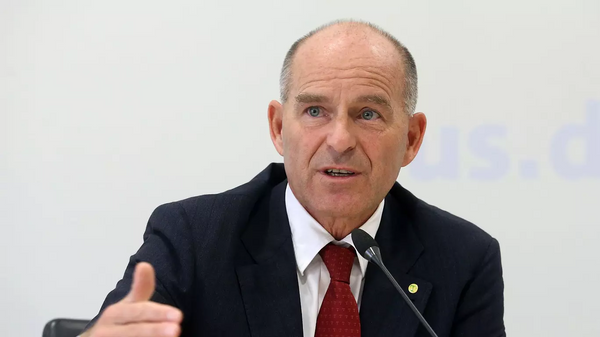Tesla's electric vehicles always seem to perform better in EPA range testing than competing EVs. However, real-world testing and EV range comparisons can tell a different story. What exactly is Tesla doing to get such impressive range estimates?
We'll admit that when we first saw this video pop up, we were skeptical. To be clear, we hadn't even opened it, and we didn't even know who produced it. However, we figured it would be very long-winded and technical, potentially turning many people off as soon as they started watching.
Thankfully, Alex Dykes produced the video, which already suggests its validity. If you're not familiar with Dykes, perhaps you are familiar with his popular YouTube channel, Alex on Autos. It's probably safe to say that Dykes is one of the more seasoned and respected automotive reviewers in the video space, and he has been for years.
The video from Dykes is published on his new channel "EV Buyers Guide," and the highly informative video is surprisingly just four minutes long. It sure seems like a tough and involved topic to cover in just a few minutes, but he does a solid job of not only explaining the situation, but also making it very easy to understand.
In summary, Dykes shares that "Low speed efficiency and a willingness to run extra test cycles," allows Tesla to get better results than its rivals. Essentially, he says Tesla works to "use the rules to the utmost advantage."
Dykes opens the video explaining that this topic comes up very often since some Tesla vehicles' range estimates seem to be a bit more unrealistic than the competition. He also says it's not Tesla's fault, and they're not "gaming the system," since all automakers could follow the same rules and processes. Dykes believes the problem here is that there's not a single standard for EPA testing, which really doesn't make much sense.
Tesla elects to run the EPA's full five test cycles. Many other automakers only use the two primary test cycles for city and highway driving. This means Tesla has to do more testing, but it also helps the EV maker benefit from its cars' exceptional efficiency, especially at lower speeds.
When many automakers run the two cycles, they get the EPA range number for the car's window sticker based on 55 percent city driving and 45 percent highway driving. The blended calculation is then reduced by 30 percent for the sticker. Some automakers even reduce the range figure further for the window sticker to make it even more applicable to real-world driving.
Tesla runs all five cycles, makes its calculations, and then the number could be reduced by just 23 or 24 percent for the window sticker. The additional tests include a high-speed test, an air conditioning test loop, and a cold test cycle. All of these extra tests cover a short distance and have low average speeds.
Not only does Tesla benefit from the smaller reduction, but also, some of the additional tests favor Tesla's high efficiency at lower average speeds. The heat pump in Tesla's cars also helps with the cold test cycle.
In just four minutes, Dykes break down the details of all five EPA test cycles to give us a much better idea of what gives Tesla the edge. Check it out for more specific details, and then leave us your takeaways in the comment section below.
We'll leave you by reiterating that this is precisely why we run our own consistent 70 mph range tests for all EVs where possible. You can't rely on the EPA's estimates when it comes to range, so checking out various real-world range tests is encouraged.





